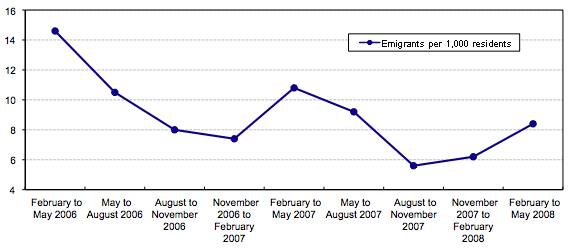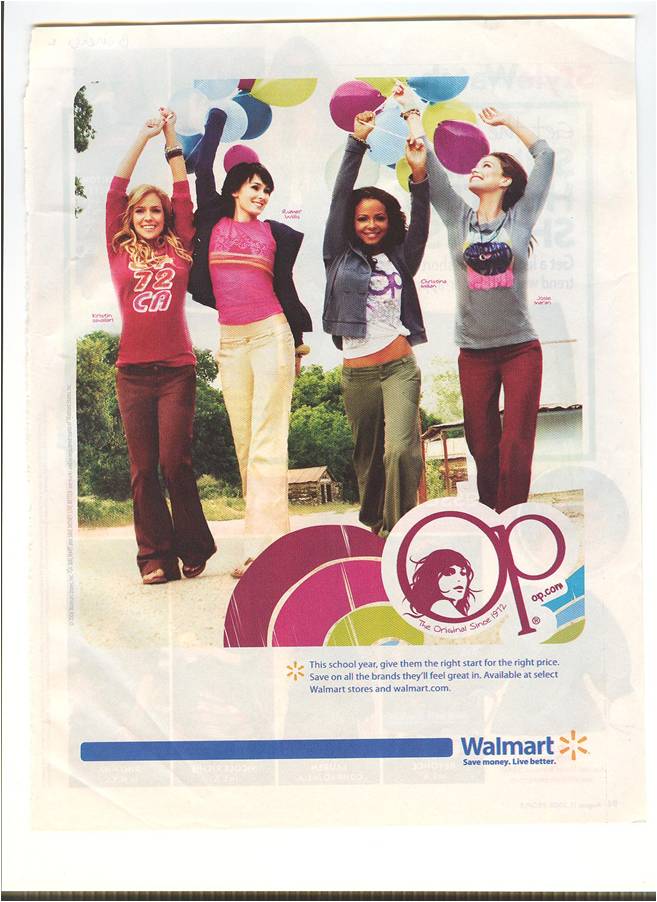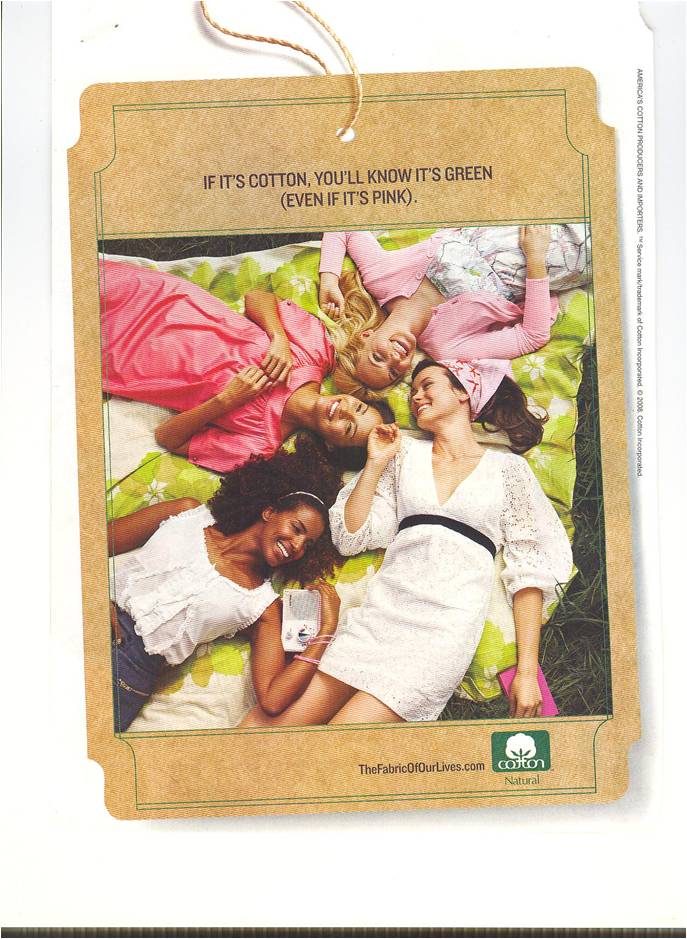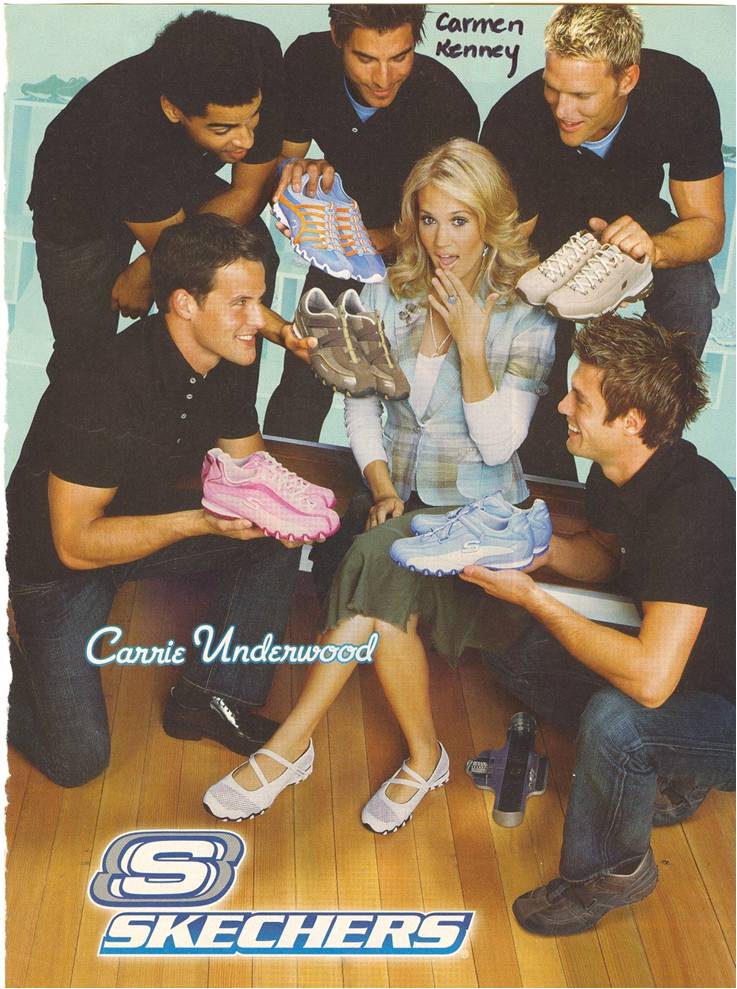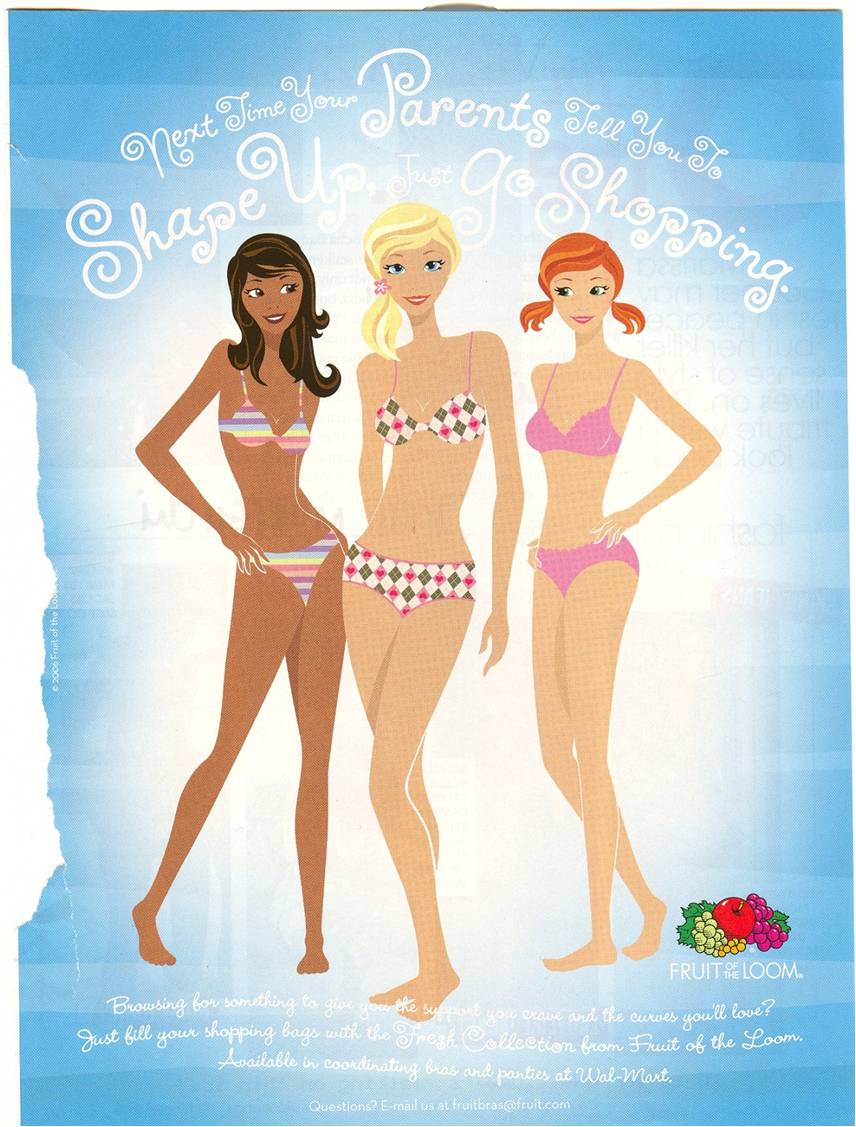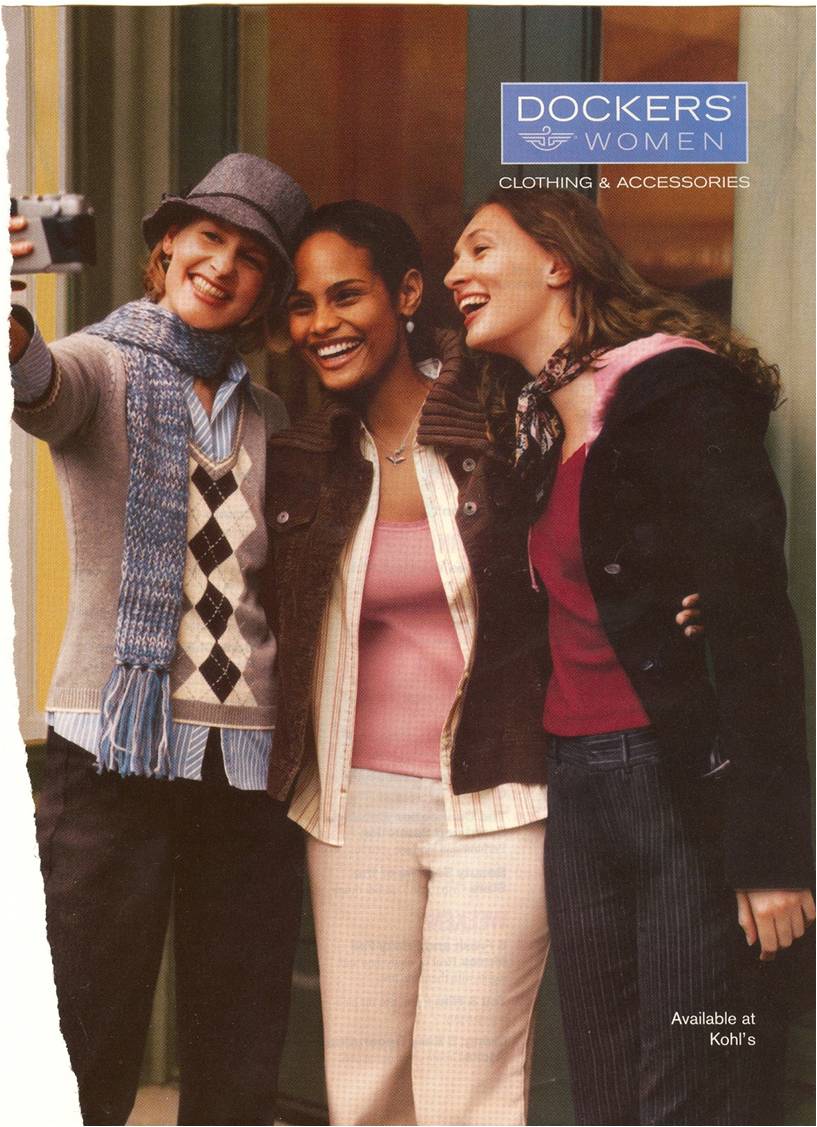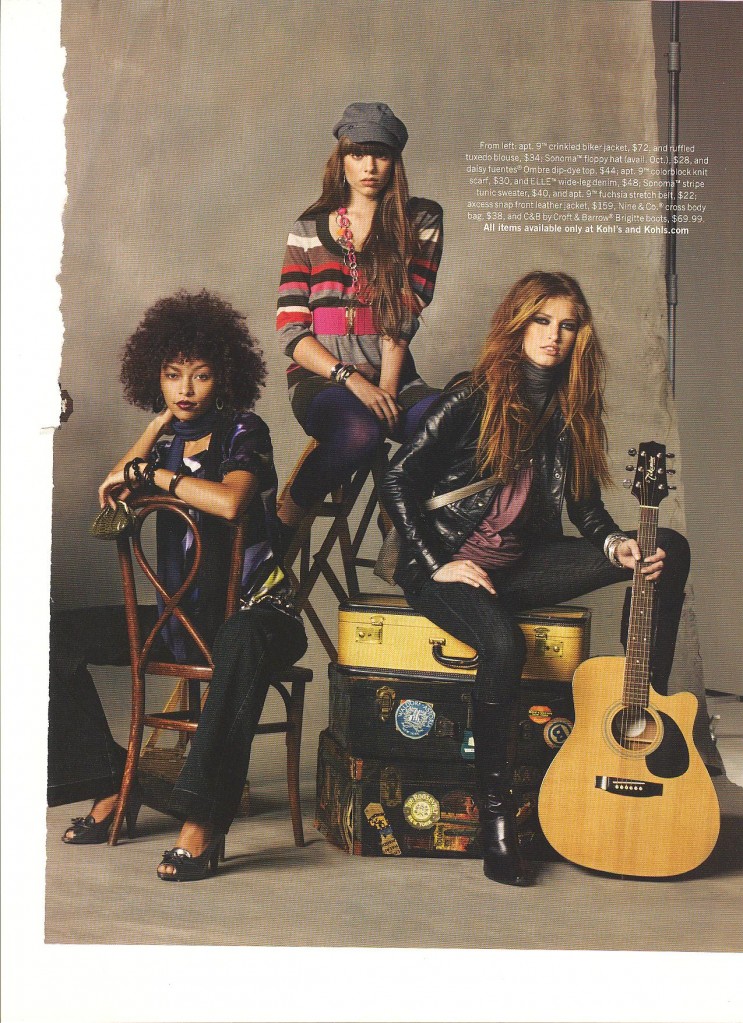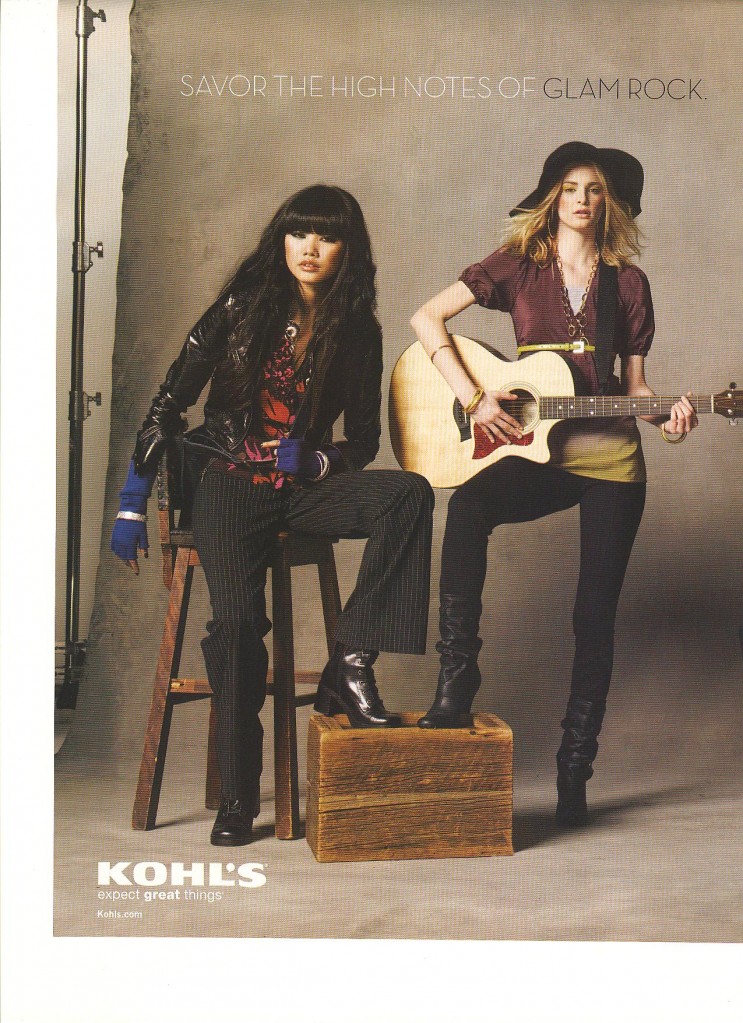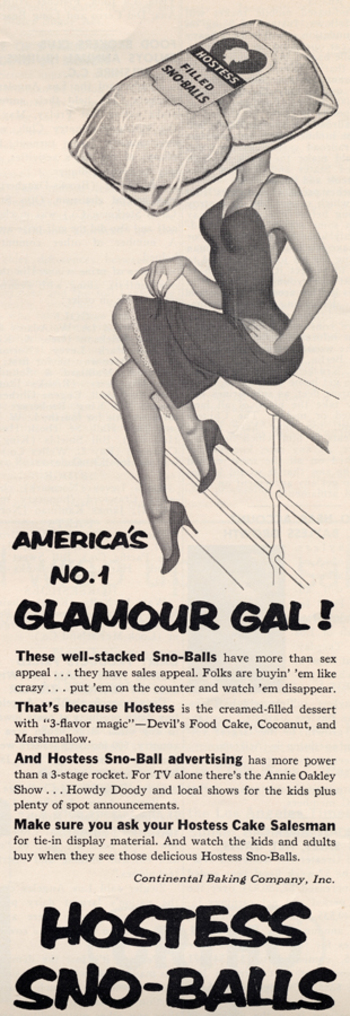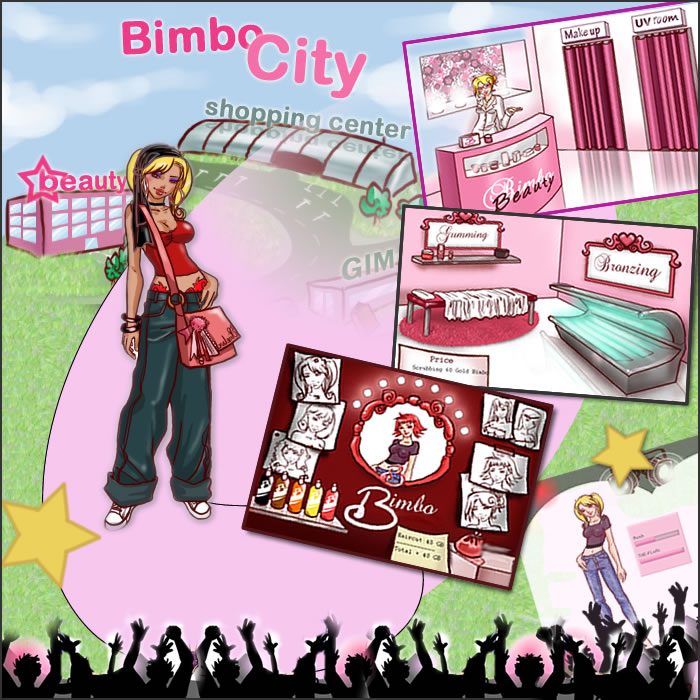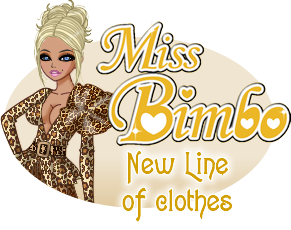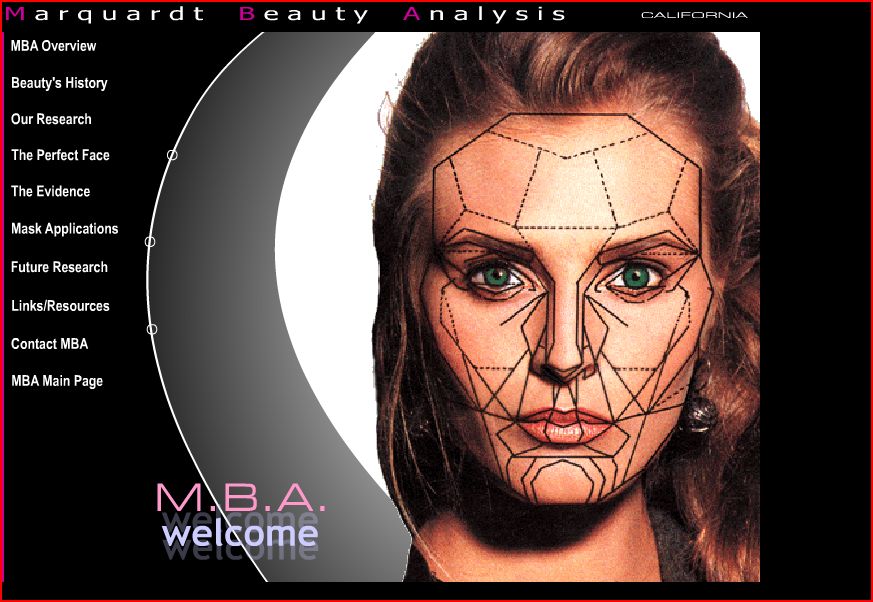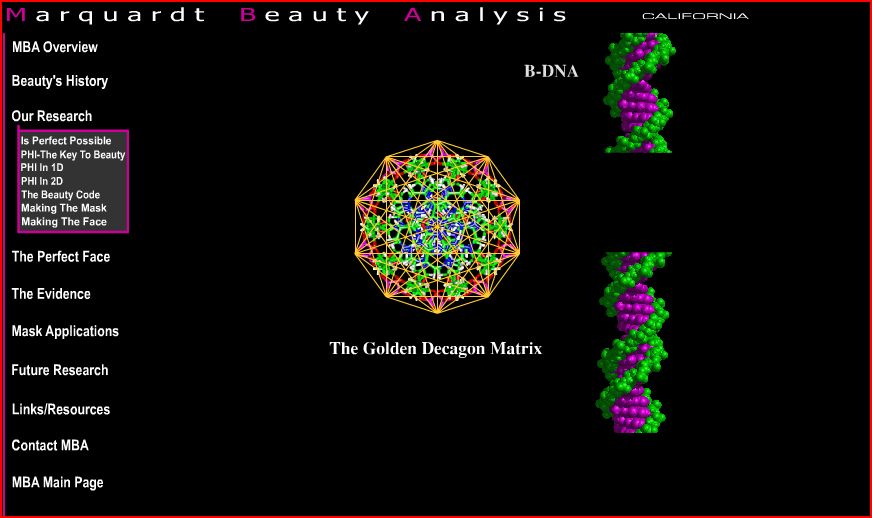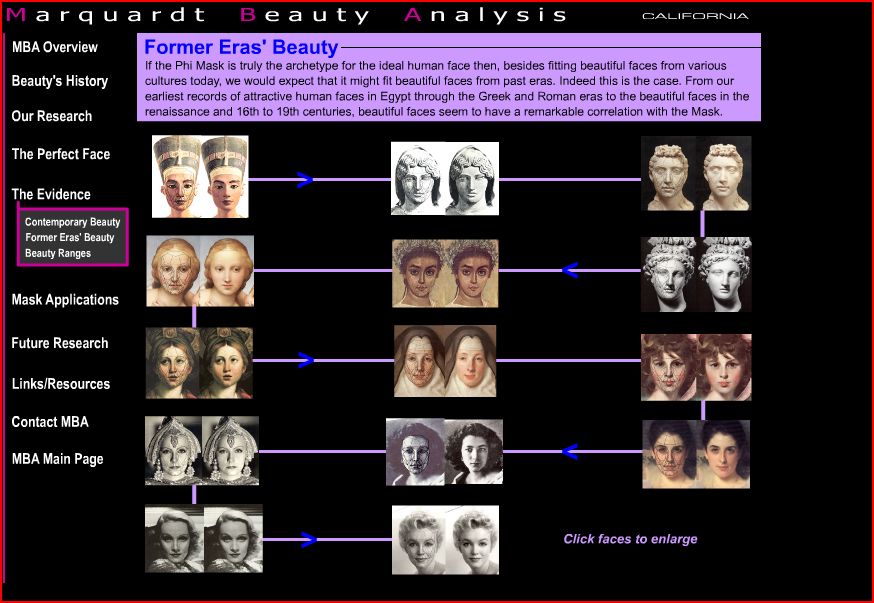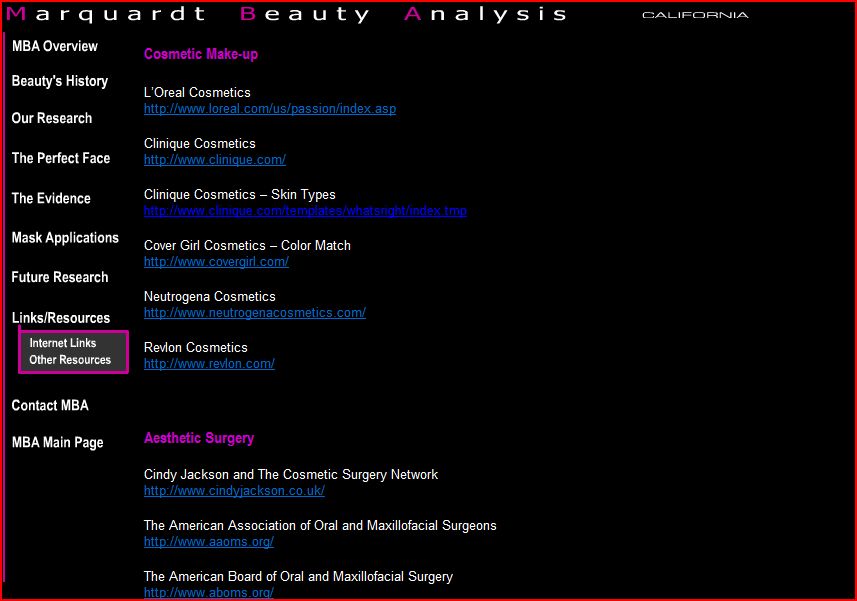This, dear reader, is a pound of Kopi Luwak Arabica coffee, for sale here:
You can buy a pound of this gourmet coffee for just $180. If you’re on a budget, you can get 2 ounces for $40.
Now, you may be wondering, is it worth it? Should I spend so much for coffee? Luwakcoffee.com believes that it is:
Yes, the coffee is expensive, but so are all of the better things in life. You have to pay more for quality or uniqueness. This is a class issue: part of what you are paying for is exclusiveness, the knowledge that not everyone can afford a Chanel bag or Christian Louboutin shoes or Kopi Luwak coffee. Its inaccessibility to the masses is part of how you know it is worth having. And from this perspective, Kopi Luwak is quite desirable: at most 1,000 pounds or so make it to market each year, which makes it so expensive. It’s so desirable, it was included in the 2006 Emmy Awards gift bags for celebrities!
Now, at this point an ignorant but aspiring gourmand might ask, “What, pray tell, is so special about Kopi Luwak coffee? What is this ‘unusual phenomenon’? I’m so anxious to know!”
Why, my dear, the beans for your coffee were eaten by a civet and then handpicked out of its crap to be brewed into coffee for you! It’s terribly adventurous, isn’t it?
What, don’t believe me? Here is your Kopi Luwak coffee, pre-handpicking (image found here):
Delicious! If you’d prefer to buy it in this form (called “natural” coffee), you can buy it that way too. [For the record: I will never be able to eat a Payday candy bar again.]
In researching this topic for you, Reader, I found many properties ascribed to Kopi Luwak coffee. It is supposedly lower in caffeine than regular coffee because the civet’s stomach acids digest some of the caffeine. Or something. It’s supposedly less bitter and has less of some protein or other, and that’s why it tastes so much better. One researcher said it is “earthy, musty, syrupy, smooth and rich with jungle and chocolate undertones,” although I question how much better it can taste since “[though] certified blinded human tasters could find little difference in the overall flavour and aroma of the beans, an electronic nose machine could detect that the aroma of the civet coffee beans is also affected.” I’m glad a machine thinks they smell fantastic.
Why did I decide to post this on Soc Images? Well, one, the pure absurdity of it. However, there are some sociologically useful things you could use it for. One might be to discuss food and our cultural taboos on food. My guess is if you had students make lists of things they’d never, ever eat, no matter what, and then made them slowly pare them down based on the assumption that they were starving, people might give in and say, “Ok, I’d eat a slug,” but few people would say “Fine, I’d eat poop if I had to.” I could be wrong, but I think most people would see eating another animal’s fecal matter as beyond disgusting. And yet here we have an example of people doing it under no duress (that I can see) and considering it a delicacy.
I suspect that students would then express horror and shock at the idea of drinking such coffee, but you might then point out that many of them probably eat the product of an animal’s digestive tract somewhat regularly: honey. Bees digest pollen to turn it into honey. It could lead to a nice discussion of how we come to think of foods as normal or disgusting, and why we might continue to eat honey and think it’s just fine, since we’re used to it, but think people who eat beans picked out of civet poop are gross.
Of course, you could also use it as an example of how, if it is sufficiently expensive and difficult to find, anything can be labeled a delicacy and sold to upper-middle-class yuppies. Even wild cat* crap.
*Not really a cat, though it’s called the civet cat.
Gwen Sharp is an associate professor of sociology at Nevada State College. You can follow her on Twitter at @gwensharpnv.




